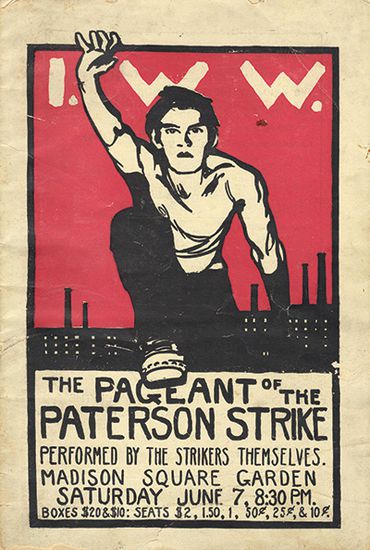Striking Examples
U.S. labor history stretches back to 1768 when New York tailors protested a cut in wages; the first union formed in 1794 among shoemakers in Philadelphia. As times changed, work stoppages in larger industries grew, sometimes pitting strikers against law enforcement and even the military. Their efforts weren’t always successful, but they frequently made gains that translated to other industries and influenced laws. The recent strikes by the United Auto Workers are among the most significant in the industry's history, while Screen Actors Guild members went on strike in July and continue to rally and picket.
Related: Big-Name Companies Where Workers Are Fighting to Unionize





































